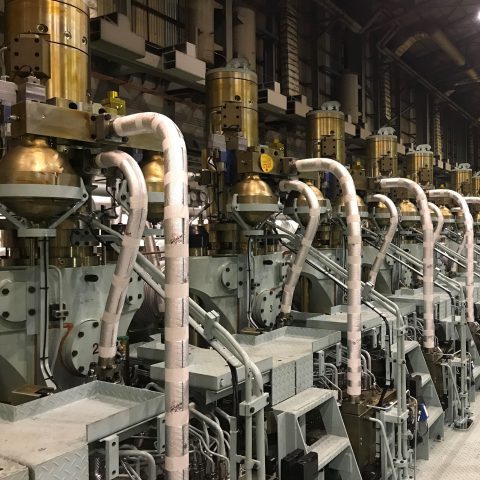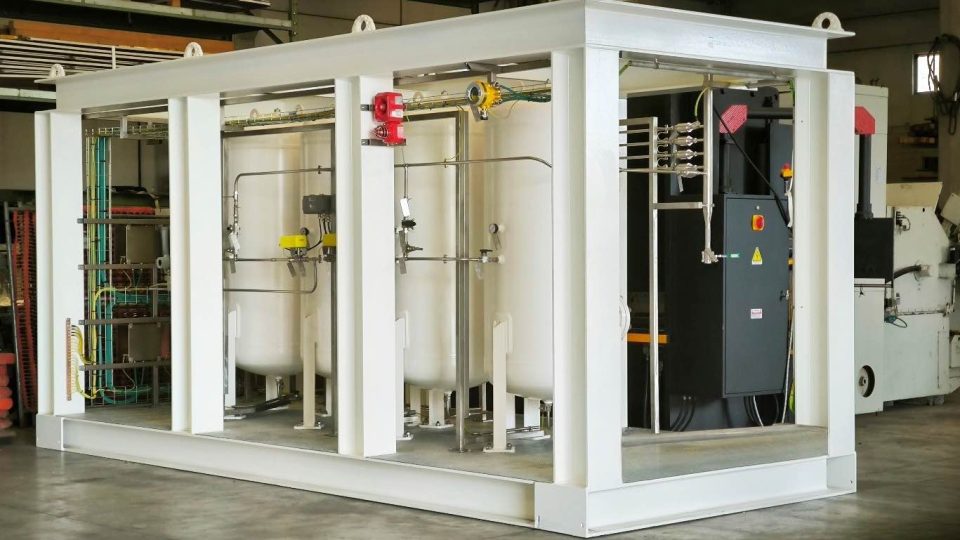MAN Energy Solutions runs LNG
Total of 12 × MAN Energy Solutions LNG/dual-fuel engines now bound for series of ultra-large boxships

We are aware that LNG would find fertile ground in shipping, so MAN Energy Solutions couldn’t ignore it. As a result, we receive news in this regard from Korea. According to MAN ES, Daewoo Shipbuilding & Marine Engineering (DSME) has ordered 6 × MAN B&W 11G95ME-GI Mk10.5 main engines in connection with the building of 6 × ultra-large, 23,500+-teu container vessels for Hapag-Lloyd, one of the world’s leading liner-shipping companies.
MAN Energy Solutions likes LNG
The new order stems from an option associated with an identical order for six such vessels originally announced in December 2020, where Hapag-Lloyd also chose the environmentally-friendly ME-GI engine. The engines will be built in Korea and offer the option of operating on LNG or conventional fuel, meeting Tier III emission standards through SCR. The first engine delivery is scheduled for May 2022. DSME is set to deliver the first six boxships between April – December 2023, with the six ships covered by the new option scheduled for delivery by end-2024. Wayne Jones, Chief Sales Officer and Member of the Executive Board of MAN Energy Solutions, said: “The exercising of this option is a great show of confidence in the ME-GI engine and showcases MAN Energy Solutions’ continued leadership in the dual-fuel segment. As public criticism of emissions within the shipping segment increases exponentially, the ME-GI – with its extremely low methane-slip – is an increasingly attractive propulsion-solution, and particularly so for vessels such as large container ships.”
1.7 million running hours on LNG
Bjarne Foldager, Senior Vice President and Head of Two-Stroke Business at MAN Energy Solutions, said: “The ME-GI is the world’s most efficient LNG engine, backed up by more than 1.7 million running hours on LNG alone, as well as our unique partnership approach and follow-up commitment for vessels in service. Furthermore, it has low CO2 and greenhouse-gas emissions, and a modular platform that facilitates conversion to other alternative fuels such as ammonia – should the need arise – which makes the engine truly future-proof.”









